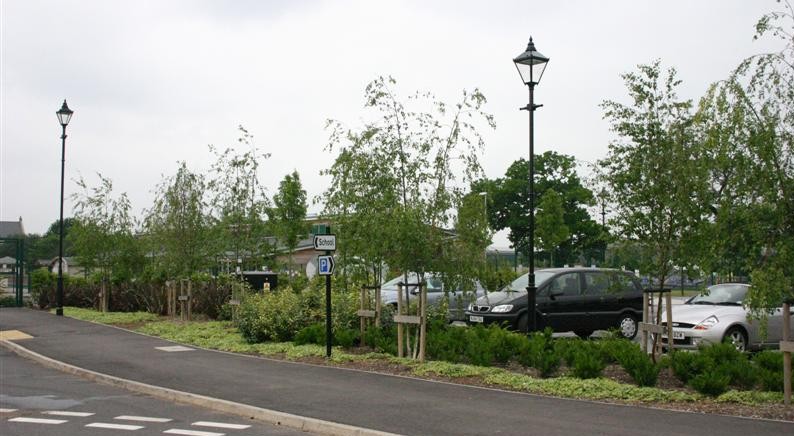Ash Dieback Disease
November 30, 2012 · frost · News, Uncategorized · 0 CommentsASH DIE BACK DISEASE (CHALARA FRAXINEA)
No doubt many people will have heard and seen stories and be concerned about the spread of Ash dieback caused by the fungus Chalara fraxinea. The disease causes loss of leaves, dieback of the crown of the tree and can lead to tree death. Chalara fraxinea has infected many species of ash, but Common Ash is the most severely affected species.
The disease started some years ago in Japan, but has been present in Europe for the last 10 years. In 2009 members of the Horticultural Trades Association alerted the plant health authorities to ash dieback and called for an import ban, following a study group tour to Denmark in 2009, where they have an estimated 90% of ash trees infected. At the time scientific opinion within Europe was that the disease was already established in Europe, including Great Britain, and therefore no quarantine measures were thus appropriate. However, in 2010 a new, more virulent strain of the disease was apparently identified, although the nursery industry was never informed, and ash continued to be specified in grant funded planting schemes. Even when the disease was first identified in the UK in February this year, the Horticultural Trades Association, and therefore the nursery industry, only learnt of its arrival on 18th July, by means of a FERA press release.
How is infection likely to spread?
Spores are produced on Chalara fruit bodies formed on fallen Ash leaves and shoots the year following infection. Natural spread is by wind-blown spores from these fruiting bodies, and these spores may be dispersed up to 20-30 kilometres. Longer distance spread occurs via infected plants or potentially via wood products. There is a low probability of dispersal on clothing and footwear or via animals and birds, but the risk cannot be ruled out. Chalara fraxinea causes infection from June to October, mainly in July and August.
David Frost of D. W. Frost (Wholesale Nurseries) Ltd. suggests that where people have Ash trees on their land, if it is practical, all fallen leaves should be collected and destroyed. They should keep an eye on the tree, as the infection starts primarily on leaves, and is progressive over time with dieback and stem lesions usually seen in the next growing season. Leaf symptoms can be detected within two months of infection.
D. W. Frost have some 2500 Ash trees on their nursery, but they were inspected by FERA in October and were passed as clean, although the nursery is unable to move or sell any of the trees at the present time as there is a total ban on all movement or importing of Ash. As many of these trees were large trees David says that this will have an adverse affect on their sales as Frosts do not know whether they will have to be destroyed or whether, after further inspections, they will be able to sell them. At the moment the nearest incidences of the disease have been found in Cambridgeshire, Leicester, Horncastle and Rotherham. Several customers have posed the question whether Mountain Ash will attract the disease. David would like to stress that Mountain Ash (Sorbus aucuparia) is from an entirely different genus from Ash (Fraxinus excelsior) and is not susceptible to the Chalara fraxinea disease.




Add Your Comment